After being revealed as the series’ 20th anniversary project, Fullmetal Alchemist Mobile has at last begun service in Japan, and only in Japan, unfortunately for international fans. There’s been a bunch of art floating around that people have ooh’ed and ahh’ed over, but what is the game like, really?
PRESENTATION
After I was less than impressed than Irregular at Magic High School Reloaded‘s overall feel, it seems to me that the production effort and money was allocated to Fullmetal Alchemist Mobile instead. To put it simply, it’s like playing Fullmetal Alchemist: Brotherhood as a strategic RPG. The cutscenes look to be using the in-game engine / models, and despite the dinky phone I tried the game on, it actually does look really good on the mobile screen.

Most of the game is fully voiced as well, so you can imagine how much that cost. As implied, the game plays through a storyline you should well know from the manga and its more faithful adaptation in Brotherhood, except you can now control the characters with some non-canonical powers and flashier effects.

The main story chapters are laid out like newspapers, with the headline story on the front, and unfolding into separate sections. The earlier chapters get added to a “pile” as you stack the “newspapers” when you swipe across the screen to see the various chapters ahead. The homescreen also changes at points, like should Edward and Alphonse be en route and you not currently doing a particular story, they’re chilling on the train to wherever they go next.

The gacha screen also looks great. You have “coins” to “call” in people, via a three digit number using the rotary dial. They’ll then arrive on train, stepping out of the carriage obscured in smoke. Nothing’s stopping you from just dialing 420 each time because why not.

GAMEPLAY
I would describe the gameplay simply as “kinda like Fire Emblem and its ilk”. You take your handful of units and move them across the tiled field. From what I can tell, there’s no such thing as accuracy checks, and direction does not matter as units will automatically turn to face their attacker. There’s ranged attacks and the typical elemental wheel. It’s easy to tell if your units have an advantage / disadvantage over another, as you’ll get crossed swords for an advantage, and a broken one for a disadvantage.

For the most part, you mostly field 4 characters and shuffle them around on fixed starting points on the map, with a side story starting to open up to 5. There are synergy effects that remind me of auto chess where having X number of members of a certain type / faction will grant party bonuses.
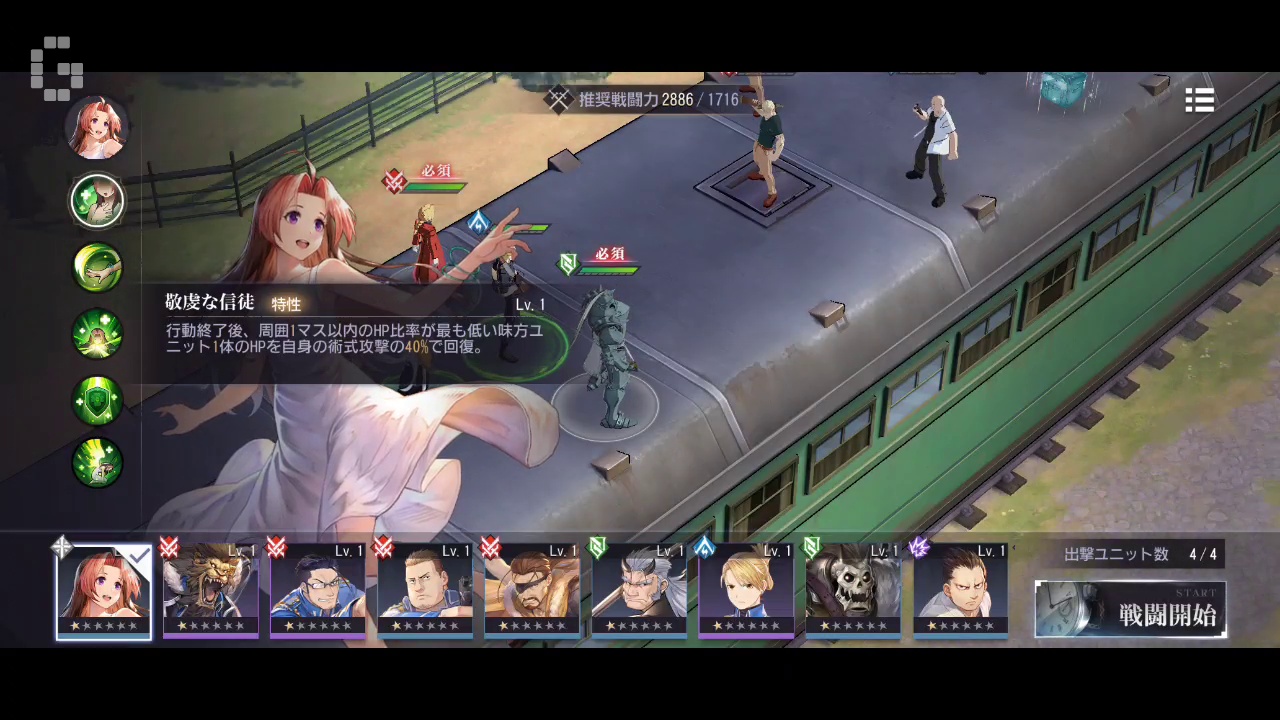

Characters have 4 skills in total, with 3 being their regular repertoire consisting of their normal attacks and 2 active skills, and 1 being their ultimate. Some skills will have area of effects, or single targetted, which is pretty standard. Friendly fire is not a thing.



For character progression, all characters, even SSR ones, start at 1 star. They don’t require 1 to 1 duplicates to raise their star rank, instead asking you to fodder low rarity characters by raising their star levels and feeding into them. You will require duplicates to a certain degree, this system being simultaneously less strict but also expecting you to have a lot of low rarity characters around. Raising the star level is what improves skill levels.


Characters can be further raised with “nodes” to open. From what I can tell, you need the material you get from raising their level caps, then more associated resources to unlock passive bonuses. I know there are “memories”, but in an hour or so, you don’t really interact with this system. The stamina system is honestly kinda poor, even with the frequent level ups. You’d be wanting to spend them on the “side stories” for the materials to raise your characters rather than the main story, I think.
The game utilizes a seasonal battle pass. The paid track will get you an SSR character, like how you can get Lan Fan for the first season.

There is auto battle but it’s stupid and doesn’t prioritize objectives or any items that may be on the field. Fortunately, if it does mess up, you’re allowed to rewind up to the very beginning of the battle.
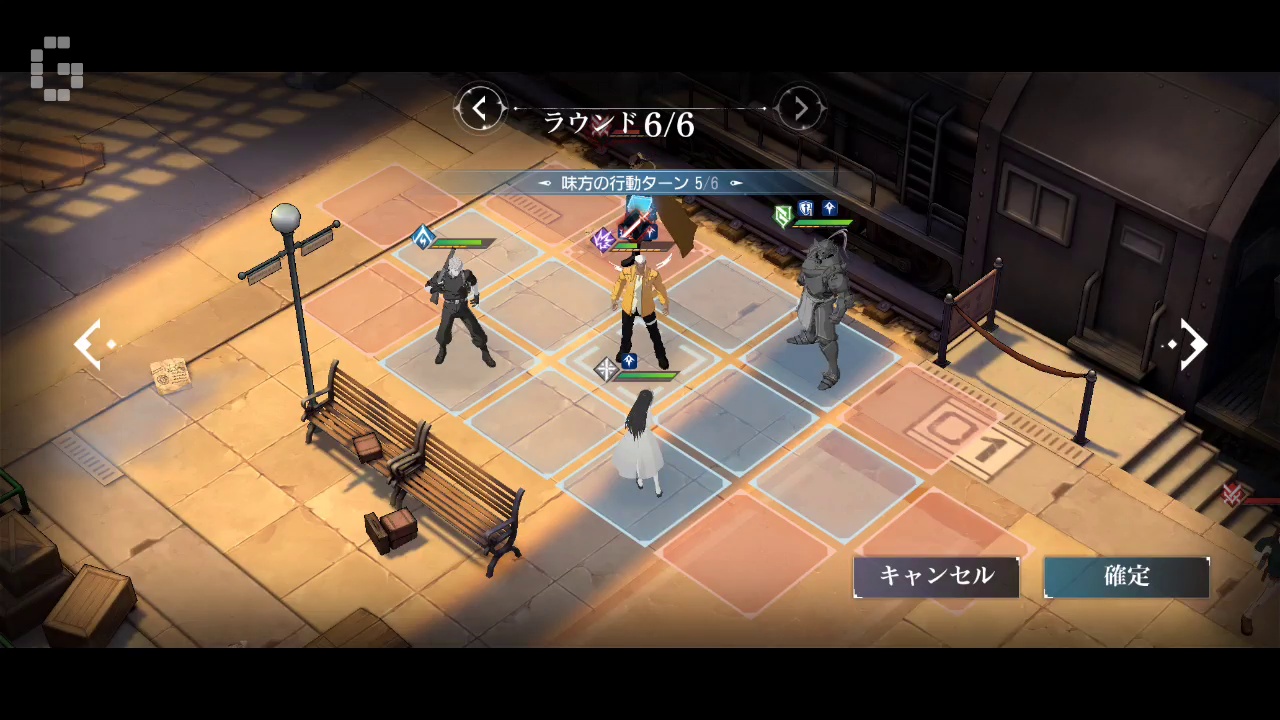
GACHA
Rates are at 3% for an SSR. Whether a separate pool opens for “memories”, it’s not available in the early game. The rate is on the standard for most gacha games, so it’s fine. There is a spark system where you can redeem the character at 180 pulls. A 10-pull uses 10 “coins”, with 10 “coins” equating to 1600 diamonds.


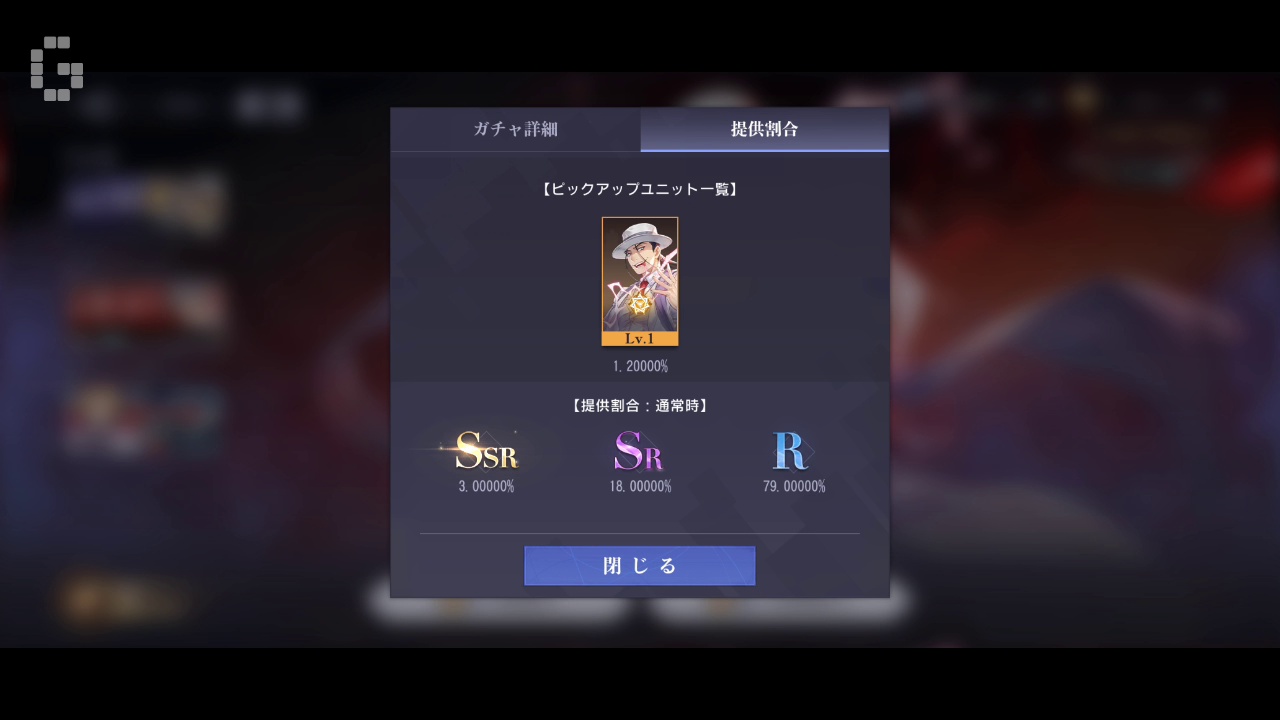
CLOSING THOUGHTS
There’s a lot of high quality stuff here, with it naturally grindy being a live service gacha game. I’d recommend it as a side game since the start isn’t likely to offer you very much more so if you’re an existing fan who has read the original manga, or watched Brotherhood. I’d be curious to see if they ever include more overt 2003 anime references since I’ve not seen that and thus am not familiar with it.
I don’t think I’d stay with this game per se, but it looks good so sure.









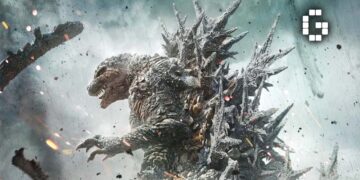

![[SEA Exclusive] From Shadows to Shipwrecks – Jennifer English Talks About Bringing Emotional Depth to Clair Obscur: Expedition 33](https://cdn.gamerbraves.com/2025/04/Clair-Obscur-Jennifer-English_Interview_FI-360x180.jpg)

![[EXCLUSIVE] Do the Game Interview – An Intimate Look at the Challenges of Game Development](https://cdn.gamerbraves.com/2025/04/Do-the-Game_Interview_FI-1-360x180.jpg)
![[EXCLUSIVE] Interview with the Minds Behind of Den of Wolves – 10 Chambers’ New Sci-Fi Heist FPS](https://cdn.gamerbraves.com/2025/04/Den-of-Wolves_Interview_FI-360x180.jpg)




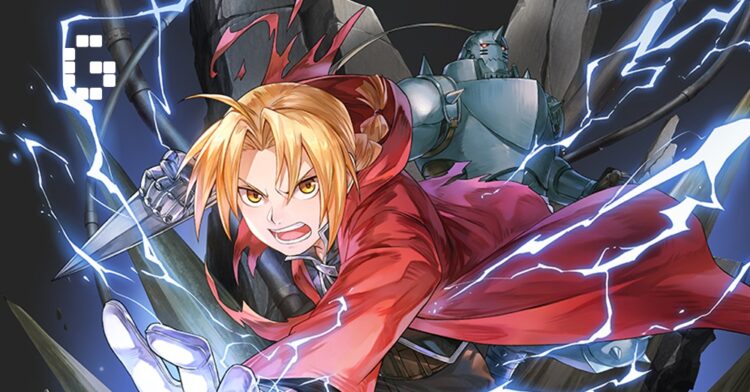




![[GUIDE] Finding Alma’s Lost Glasses in The Apple of Her Eye Side Quest](https://cdn.gamerbraves.com/2025/04/Alma-Glasses-Quest_Gudie_FI-360x180.jpg)



![[GUIDE] Farming Nightflower Pollen in Monster Hunter Wilds](https://cdn.gamerbraves.com/2025/03/MHWilds-Pollen_Guide_FI-360x180.jpg)
